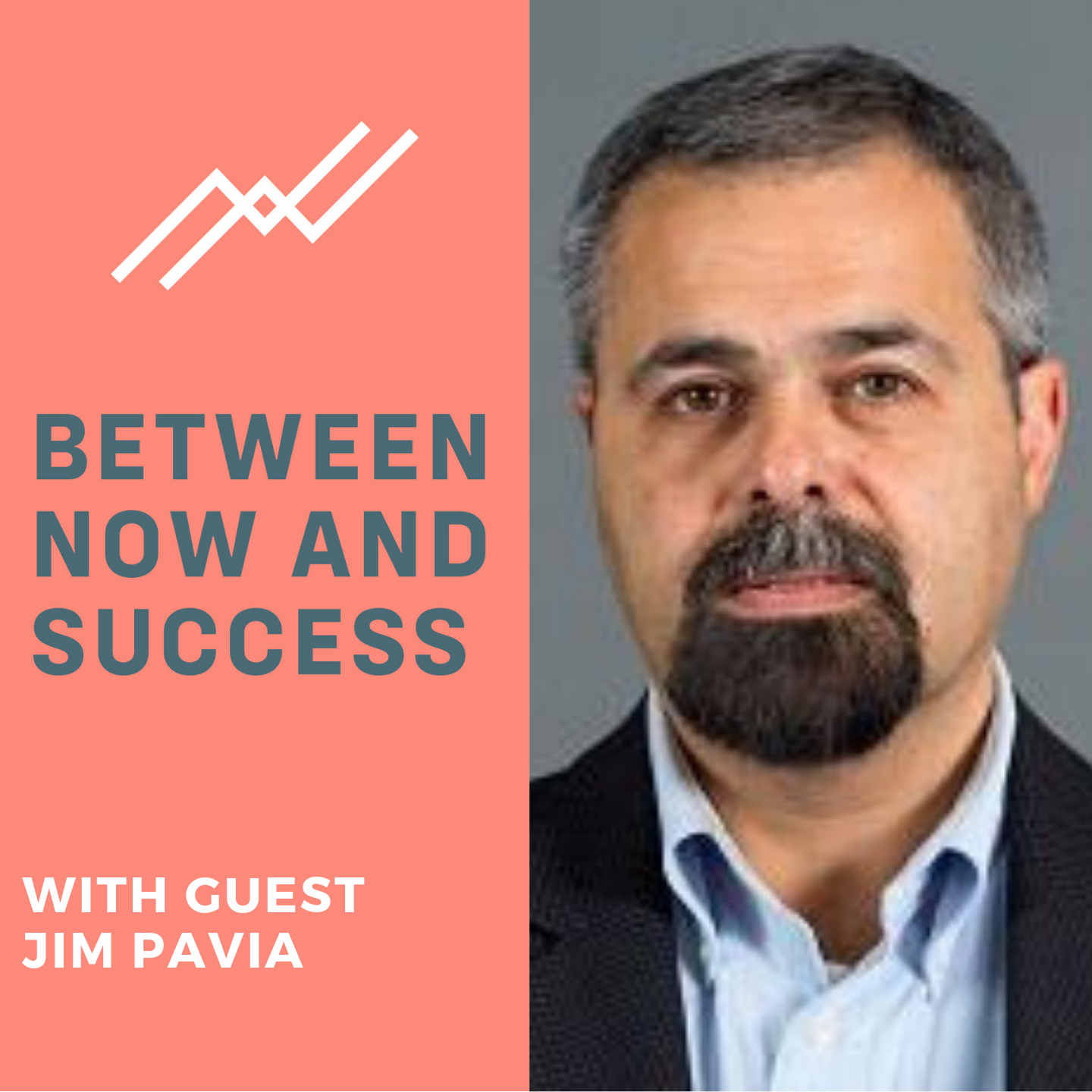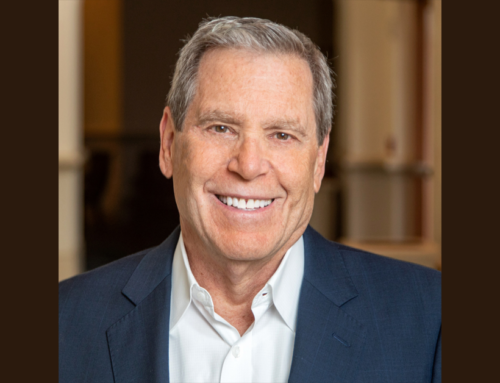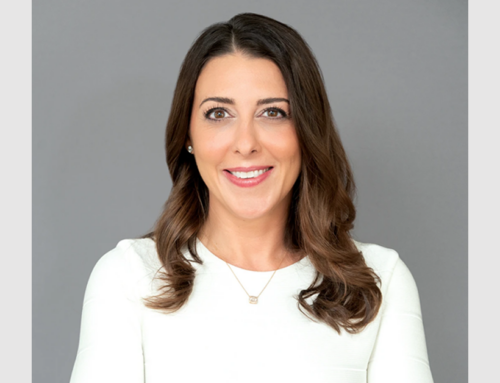Have you ever seen an advisor on TV or read a quote from an advisor and thought, “They should be talking to me; I’m just as smart as that advisor.”
The fact is, that advisor may not be any smarter than you from a technical standpoint, but they may be more media savvy than you are.
Now more than ever, money is news, twenty-four-seven. Baby boomers are retiring. Millennials have major money issues. Health care costs, Social Security, and Medicare are a constant source of political debate. The pros and cons of the new tax laws are still contentious. Cryptocurrencies could be bigger than the internet…or simply the next pets.com.
And one group of pros uniquely qualified to weigh in on all these hot button issues is…You—a financial advisor.
Here’s how you can get ready for prime time.
To continue reading the rest of this post, please register below with your email address.
Key Insights from CNBC’S Jim Pavia
Recently I visited CNBC Studios in New Jersey and talked with Jim Pavia, award-winning journalist and Money Editor at CNBC Digital. Jim oversees the CNBC Financial Advisory and Personal Finance hubs and he and his team work with financial advisors as sources, columnists, and in some cases, on-air talent. But producers and editors like Jim are looking for more than just a technically smart advisor. If you want to make the jump from your firm’s home page to TV screens, consider these tips that Jim shared during our conversation:
1. Prepare and practice
Sure, getting a call from Jim Pavia or his team to chime in on CNBC is the dream. But with that dream also comes a very, very large spotlight.
Jim shared a story with me that serves as a warning shot for all advisors.
“A few years back a producer called me and asked if we could get two or three advisors on TV. Remember The Brady Bunch episode with Jan Brady where the red light goes on the television camera and she freezes up? This advisor totally froze up on live television. She looked at the camera and no words came out. She was not ready.”
To get ready, start by introducing yourself to local tv, radio, and newspaper reporters. And even at these smaller outlets, don’t go too fast too soon. “Forget about jumping into the lake,” Jim warns. In your first communication to a media person, don’t say, “I wanna write a column for you.” That’s like asking for the sale before you’ve demonstrated your value.
Instead, Jim prefers advisors who approach him by saying something like, “This is who I am. I’ve written columns, or I’ve written articles for other newspapers and I’d like to be a source, but I can also write. And then we go from there.”
It’s also a good idea to ask how media members prefer you contact them. Everyone works differently, and if you try to call in a hot pitch to an editor who prefers email, you blew it.
Remember, practice makes perfect. If you want to write guest columns for major outlets, start cranking out weekly blogs on your website. If your ambitions include video, live TV, radio, or podcasting, then start cranking those out at your local level. And hire a public speaking coach or take a speaking class. The FPA also offers members access to media training.
2. State your value proposition
Once you have your foot in the door, let your media contacts know what makes you unique. Are you a market expert who can offer a strong perspective when volatility strikes? Do you have years of tax prep experience that could be welcome when April rolls around? Does your practice coordinate Medicare issues with health care professionals? Are you a good writer? Are you comfortable on camera?
National media aren’t looking for just another taking – or worse, yelling – head. When I talked to Fred Gabriel of InvestmentNews on an earlier podcast, he put it like this: “You don’t have to necessarily be controversial, but you have to be smart, informative, and you have to have a point of view.”
3. Solve problems
Your value to someone like Jim Pavia or Fred Gabriel really goes up if they can count on you in the crunch for a strong take on short notice.
“Be a problem solver,” Jim says. “We’re moving at an incredible pace now and our team is producing a lot of content. So, if there’s a story and they have to do a quick turn on that, they’re going to their go-to guy. Not only do they know that they’ll answer the call, but they’ll also give them a good quote.”
But what if you get a media call on a topic you’re not comfortable with? Great—you can still be a huge help to the reporter. Be honest and tell the reporter you don’t have that expertise, BUT, refer them to another advisor who could help them.
4. Cultivate relationships
Fred Gabriel told me, “It’s all about relationships with reporters and editors. If you want a reporter to call you on a particular story, they should know you well before the story breaks. Establish that relationship so the reporter knows what value you would bring to a story, what your expertise is, and what you can talk about, but lay that groundwork well before you expect to be quoted. Then you’re top of mind when a story breaks.”
Building that relationship takes the kind of trust that only develops over time. Jim says that goes double when it comes to potential video and on-air interviewees, who go through a much stiffer vetting process to avoid more “Jan Brady” moments.
But it’s also important to keep in mind the realities of media production and the speed of the news cycle. Even the best article or interview will be cut to fit a web column or thirty seconds of air-time. Ten solid minutes on the phone with a reporter might translate into one small quote in the newspaper. In some cases, you might not make the cut at all.
Jim has fielded his fair share of angry calls in situations where the advisor was interviewed, but not quoted. If you’re that angry advisor, “That’s not how you build a relationship. You think you’ll ever get a call back from that reporter? No, of course not.”
A little tact and diplomacy can go a long way. Reaching out to compliment a reporter or editor about a piece you were cut from shows that you respect the work and the process. It will also keep you on their call lists for next time.
5. Know your audience
Whether you’re addressing your clients and prospects in a weekly email blast or a national audience, it’s important to provide insight on the topics that matter to your audience.
It’s good to have a grasp on the story du jour – Bitcoin, for example. And if you’re not staying up to date on what’s hot right now across the financial landscape, consumers will click elsewhere.
But Jim says that the topics with real staying power right now have an underlying theme: fear of the unknown. Retirement planning, health care costs, finding the right insurance policy, how the new tax laws affect estate planning, and optimizing Social Security distribution are of particular importance to aging baby boomers. Paying back student loans tops the list of millennial preoccupations, as well as an interest in how robo platforms work as these new investors start figuring out how to build wealth.
“These are things many people don’t understand,” Jim says. “So, you try to simplify and explain to people in plain English what this actually means.”
6. Tell a compelling story
Ultimately, if you want a national platform, and more business, strong branding and personality won’t be enough. People want explanations of these complicated issues where life and money intersect. They want to feel better about their financial futures.
As my business partner Mitch Anthony likes to say, there are two ways to find meaning in a life event: “One is to go out and experience something. The other is telling someone about that experience and sharing it with somebody else. That’s why stories are so important.” And that’s why storytelling is such an important part of financial advisory now, whether you’re sitting down face-to-face with a client or sitting in front of a TV camera.
“When market volatility was going crazy this year, the last thing we wanted was an advisor who said, ‘Stay the course, you’ve got a long-term horizon, blah blah blah,’” Jim says. “I know that clients are calling you going, ‘I need to go to cash. I’m out of this thing.’ Tell that story. Tell how you talked the client down from the ledge. I don’t think most advisors realize, when they come out of a client meeting, what they just spoke about, that’s a story.”
Collecting stories worth telling starts with rethinking your discovery process and facilitating life-centered planning conversations. If you can use your expertise and your humanity to shed some light, to make the financial unknown a little less scary, you might end up with more than just a better business. You could find yourself with a bigger audience than you ever imagined.
Resources
– Follow Jim Pavia on Twitter @jimpavia
– Connect with Jim Pavia on LinkedIn
– CNBC Financial Advisor Jim Pavia oversees this hub that “provides investors with straightforward, informative and relevant content that will make investment plans and strategies more transparent and easier to understand.”
– CNBC Personal Finance Jim Pavia oversees this hub that covers topics like saving, taxes, and retirement planning.
– Values Clarification Toolkit Click here to download this FREE tool and start living your values.
(CLICK TO ENLARGE)






